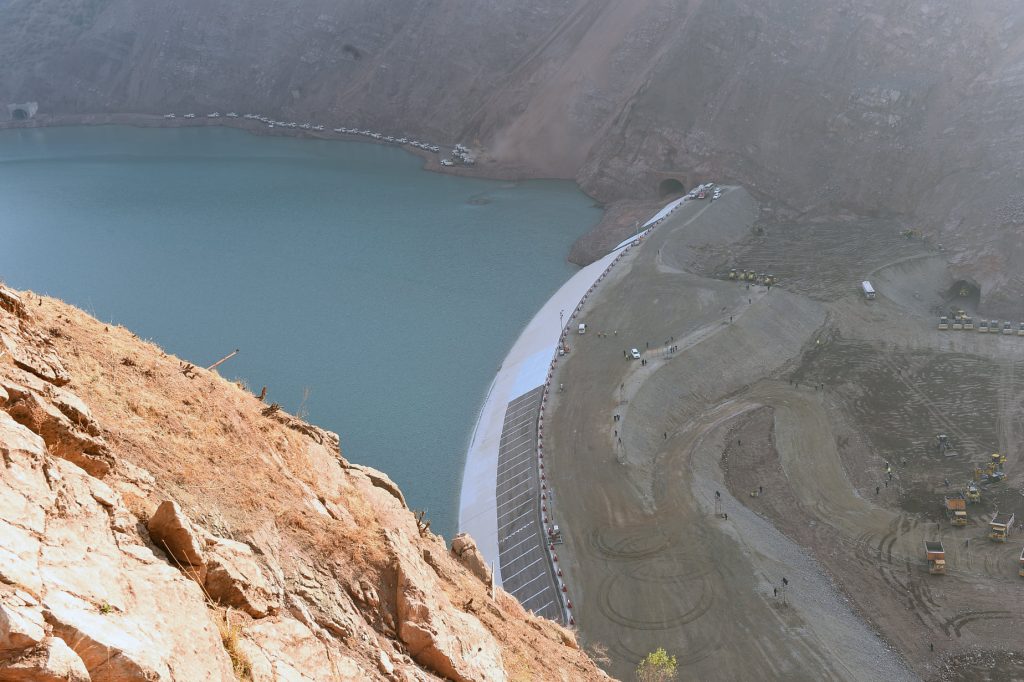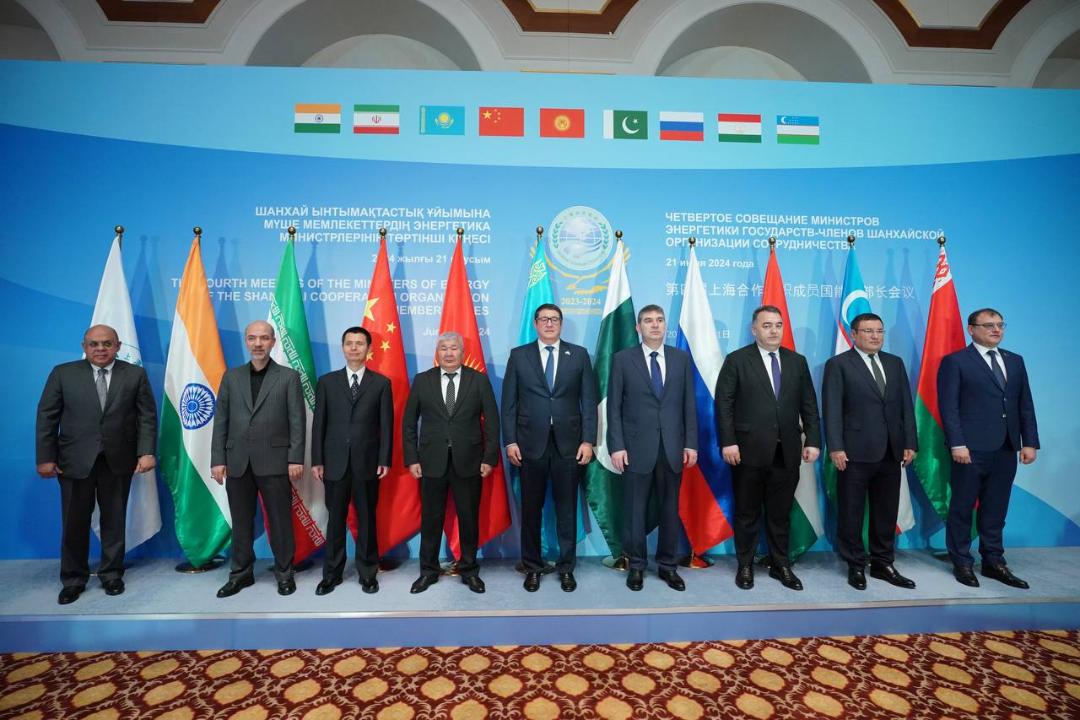In a statement delivered at the 4th meeting of energy ministers of the Shanghai Cooperation Organization (SCO) member nations in Kazakhstan’s capital, Astana, Tajik Minister of Energy and Water Resources, Daler Juma, revealed on June 21 that 70 percent of electrical power generated by the Roghun hydropower plant (about 10 billion kWh) will be exported to the countries of the region to meet their growing demand for electricity.
“Thereby, the Roghun hydropower plant, in the future, will not only ensure energy security of Tajikistan but also contribute to increasing the volume of export supplies to the neighboring countries”, Mr. Juma said.
The press center of the Ministry of Energy and Water Resources of Tajikistan (MoEWR) says the SCO energy ministers’ meeting approved the energy cooperation expansion strategy for the period up to 2030.
The document reportedly defines key areas of energy cooperation between the SCO member nations, including prospects of development of transit potential of energy resources and the possibility of diversifying export routes.
Interfax says this document has been developed upon the initiative of Kazakhstan.
"The document is comprehensive and ambitious, taking into account the interests of all parties and encompassing a wide range of advanced areas for developing the energy industry across SCO member countries," Kazakh Energy Minister Almasadam Satkaliyev noted at the meeting, according to Interfax.
The strategy is expected to be formally adopted at the upcoming SCO heads of state summit in Astana on July 3-4, marking a significant milestone in regional energy cooperation.
The Roghun HPP is one of the largest projects in the region that can become an important factor of development of Tajikistan and the Central Asian region as a whole. It will contribute significantly to the country’s sustainable development by efficiently utilizing natural resources, including “green” energy.

To complete the construction of the Roghun hydropower plant, Tajikistan founded OJSC NBO Roghun in April 2008 after it formally revoked a contract with Russia's RusAl aluminum company in August 2007. To raise funds to complete construction of the Roghun HPP the government started to sell shares in Roghun to people on January 6, 2010. Tajikistan has reportedly issued 6 billion somonis worth of 5 million Roghun shares.
In 2016, the Italian company Salini Impregilo (currently WeBuild) was contracted to implement the project.
In September 2017, the National Bank of Tajikistan issued $500 million worth of eurobonds on the international market with the express aim of funding the project. That venture means Tajikistan is on the hook for around US$850 million to be paid to investors by 2027.
The first two generating units of the Roghun hydropower plant were introduced into operation in November 2018 and September 2019 to much clamor, but there has been limited progress since then. The third unit is expected to be introduced into operation in 2025.
Once completed, Roghun will be fitted with six 600 megawatt turbines, amounting to a total installed capacity of 3,600 megawatts.
To-date, spending on the construction of the Roghun hydropower plant has reportedly exceeded 40 billion somonis since 2008.






